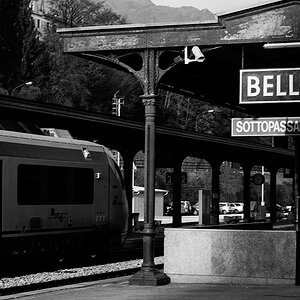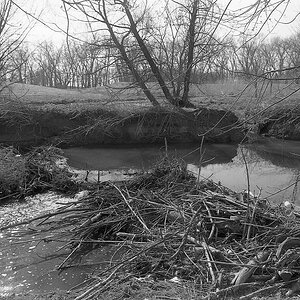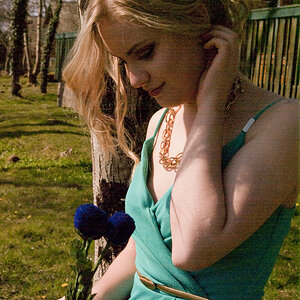photogod88
TPF Noob!
- Joined
- Sep 30, 2012
- Messages
- 50
- Reaction score
- 3
How do I master custom white balance I find that my shots never have true colors or distorted exposure tones. Before digital everything was shot right on camera I hate the thought of post production. How do I adapt to the demands of digital photography.


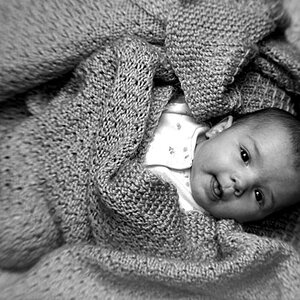
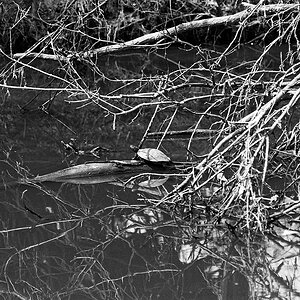
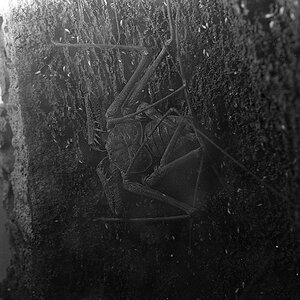
![[No title]](/data/xfmg/thumbnail/34/34592-a6ba64e21d4257d5df6832c1bc9691f1.jpg?1619736566)
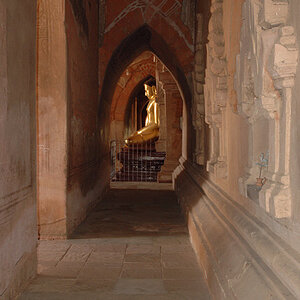
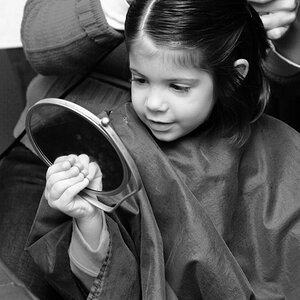
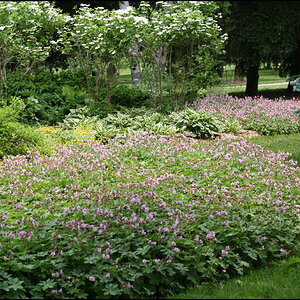
![[No title]](/data/xfmg/thumbnail/34/34346-f7996f51f0624620cfd54a488abeacf9.jpg?1619736382)
